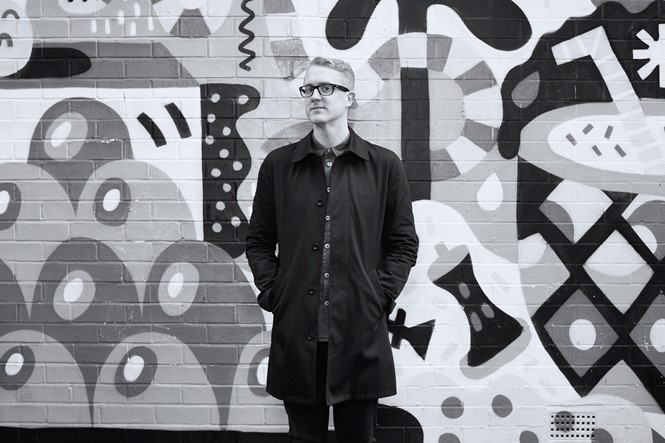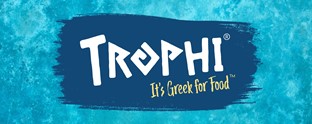Five minutes with Adam Rix

As a creative director at brand agency Music, Adam Rix has experience with branding and campaigns for all sizes of brands. He discusses design and building a strong identity to support the business’ mission
How do you translate the needs of a business into a powerful brand campaign?
First, you have to find out what those needs are. The best place to start is always a face-to-face conversation. Sometimes we might be presented with a five year business plan, sometimes we might be simply told ‘we’re a bit lost; what do we need to do to sort it out?’
Of utmost importance is to build a solid relationship with the client from the start. Trust is really important to a powerful outcome. Music is pretty much a sector-neutral agency, and this helps us get to the heart of a problem. We’re not afraid to ask stupid questions, very often we just have to. Once we’ve understood how much insight already exists, we might decide to set up focus groups – which can deliver some hard truths.
But branding isn’t a silver bullet, it’s very much a collaborative effort. Once we’ve done our bit, it’s down to the client and their team to really advocate the work we’ve created together and live and breathe the brand. Otherwise it doesn’t matter how good the brand or campaign is; it just won’t work.
What are the key elements leading to compelling design?
One thing we place particular value upon is the written word. Tone of voice is key to any brand that we create or communicate. We’ve made writing a big part of the offer here at Music, and we have a writing team that works alongside designers on all projects.
It is vital to identify a brand’s values and personality. They give a competitive advantage to a business, and make them distinct in their sector. The creative department can then work along those lines to deliver the final work.
How do you craft a strong brand identity?
To be ‘strong,’ for me, a brand identity has to be a brilliant idea, encapsulating the values and personality of a business and making them distinct in their sector. Second, it has to be crafted until it feels effortless.
It’s also vital that it’s seamless to apply. Once we’ve created an identity, a toolkit and guidelines, some clients may commission us to do some or all of their brand communication work moving forward, but we may also hand it over to an in-house team – and the identity just has to work, otherwise it loses all of its value. It isn’t as easy as it sounds. Identities now have to flex from being emblazoned across a building, right through to working as a profile picture in a circle on Instagram.
How do you breathe new life into a tired brand?
It’s very easy for a brand to think that the quickest fix is a new logo. While sometimes that can be the right thing to do, it is important to make sure you go back to the overall brand strategy. Ask yourself what you are trying to achieve, if your values are still relevant today, where you now fit into the sector. Only then can you decide what you need to change. Quite often, we’ve made a difference by approaching language, photography, or the different use of a particular channel, without even touching the logo.
In recent years, with many new brands exercising their labels of ‘disruptors,’ tiredness can arrive without much warning. The key to breathing new life into a brand, ironically, is to look to the past before you look to the future. There is almost always a time when one brand truth really meant something to people, a time where the brand was considered innovative, perhaps something that may have been overlooked but is really relevant now.
For more from Transform magazine, sign up for the Transform newsletter here and follow us on Twitter @Transformsays.












